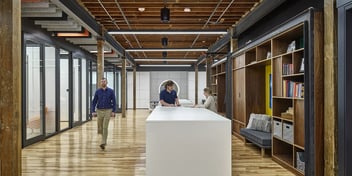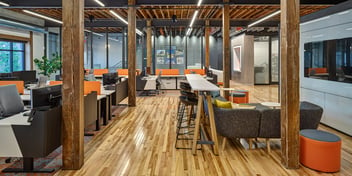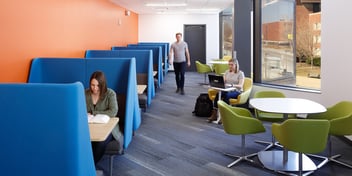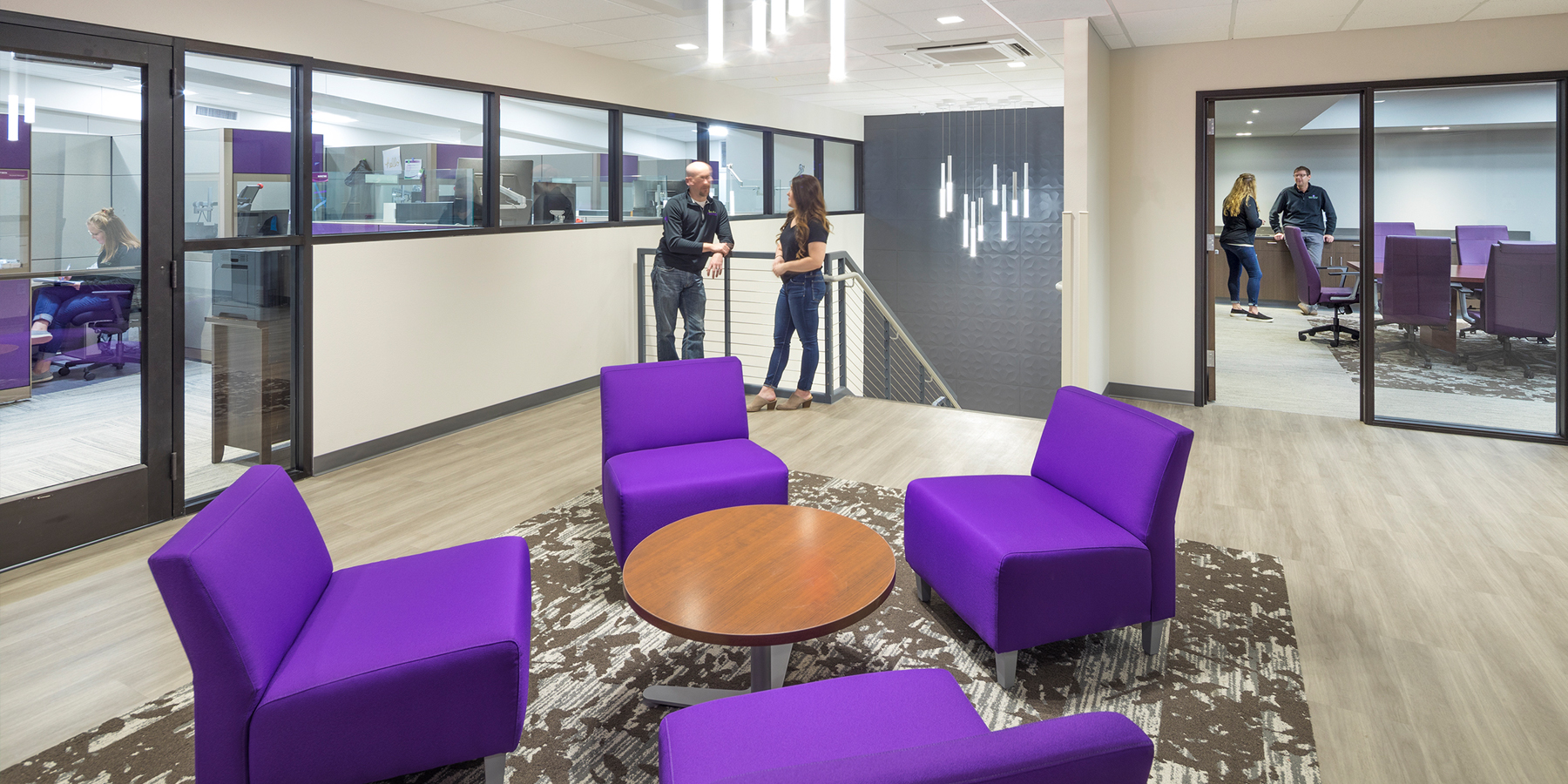
With advancements in technology and major shifts in our culture, we're finding ourselves more and more removed from those around us almost by default. Which can't be seen any clearer than in our workplaces. And while refining the architecture of these workspaces certainly isn't a cure-all, designing more socially conscious architecture will make an impact. This sort of architecture is commonly referred to as "Social Architecture."
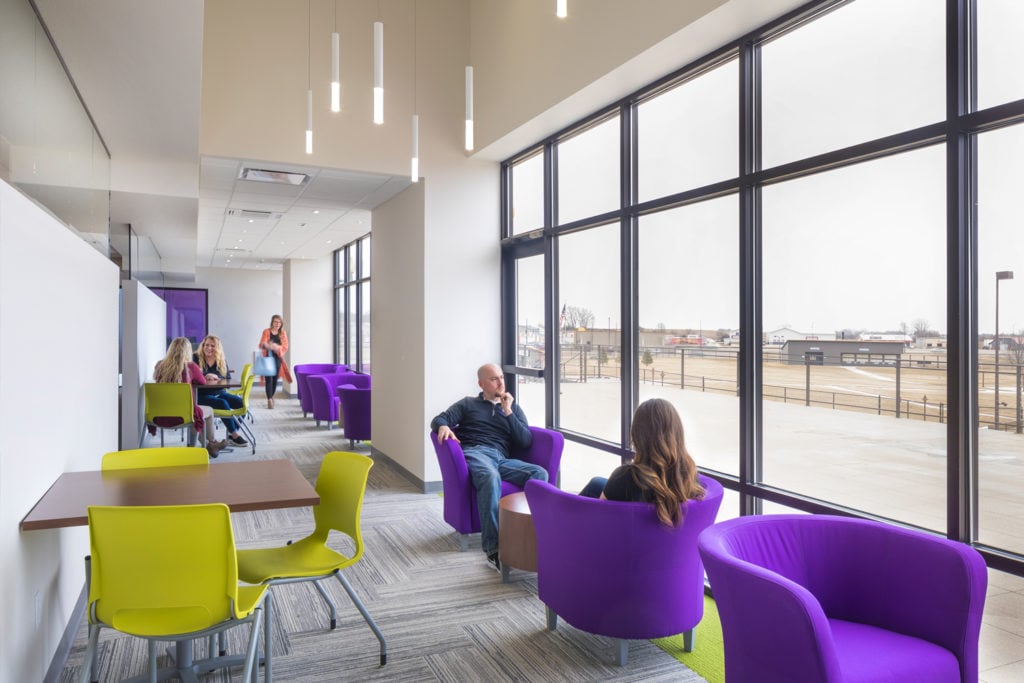 Purpose-free spaces such as lounges will encourage workers to do their thinking in the presence of other people, rather than alone. This is precisely the sort of behavioral transformation that architects aim for when designing communal spaces. In addition to enabling impromptu interactions that can change the dynamic between workers, they serve as a kind of blank slate, or a subtle invitation to create something new and different. They push for innovation.
Purpose-free spaces such as lounges will encourage workers to do their thinking in the presence of other people, rather than alone. This is precisely the sort of behavioral transformation that architects aim for when designing communal spaces. In addition to enabling impromptu interactions that can change the dynamic between workers, they serve as a kind of blank slate, or a subtle invitation to create something new and different. They push for innovation.
Architecture that Matches Your Culture
Open workspaces with experimental furnishings may seem like little more than an aesthetic nod to trendy tech culture. But they actually represent much more than that. They are physical manifestations of the flat organizational charts that characterize many of the world’s most innovative companies. Armed with this paradigm, it may be worth your time to consider what your architecture says about your culture. Does it match, or is it dissonant? Even your furniture can indicate a more egalitarian culture. For example, if you’re designing for collaboration you may want to avoid L-shaped desks and instead consider desks that have co-workers sitting side by side; regardless of their position in the organization's hierarchy. This is both symbolic of an inclusive culture and often leads to increased collaboration and positive social interaction. While different organizations use a variety of different design solutions to encourage collaboration, this emphasis on increased collaboration reflects a new way of working for everyone—the shift from a linear mode of production to a more dynamic, digital one. This doesn’t exclude solo work; it embraces new ways of interacting in the workspace.The Purpose of Purpose-Free Spaces
 Purpose-free spaces such as lounges will encourage workers to do their thinking in the presence of other people, rather than alone. This is precisely the sort of behavioral transformation that architects aim for when designing communal spaces. In addition to enabling impromptu interactions that can change the dynamic between workers, they serve as a kind of blank slate, or a subtle invitation to create something new and different. They push for innovation.
Purpose-free spaces such as lounges will encourage workers to do their thinking in the presence of other people, rather than alone. This is precisely the sort of behavioral transformation that architects aim for when designing communal spaces. In addition to enabling impromptu interactions that can change the dynamic between workers, they serve as a kind of blank slate, or a subtle invitation to create something new and different. They push for innovation.
